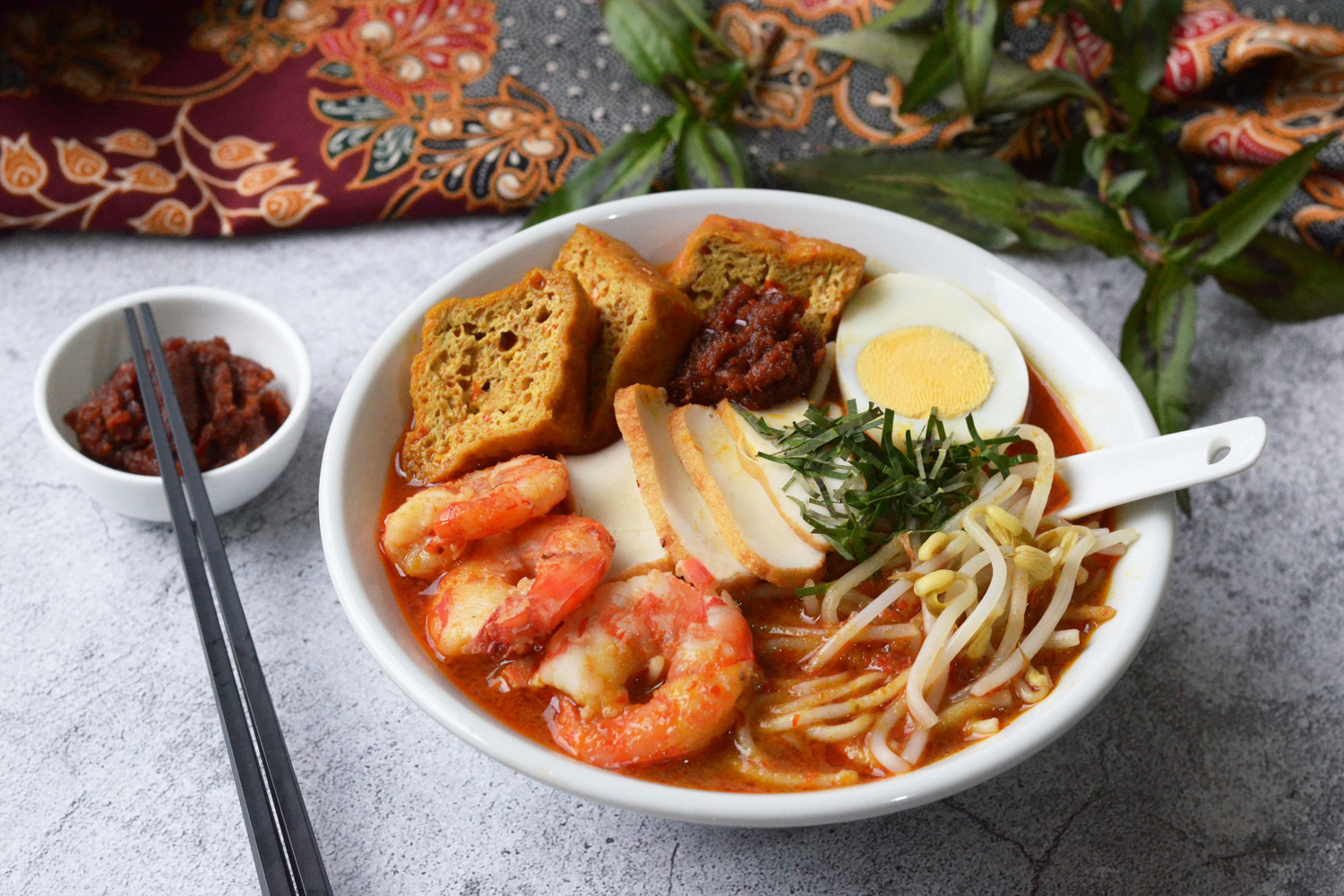pokomde.info – Wine is one of the oldest alcoholic beverages in the world, with a rich history that spans thousands of years. Its origins are closely tied to the development of agriculture and human civilization. Understanding where wine came from involves exploring ancient cultures, archaeological discoveries, and the evolution of viticulture.
The Beginnings of Wine Production
The earliest evidence of wine production dates back to around 6000 BCE in the South Caucasus region, particularly in modern-day Georgia. Archaeological findings at sites like Hajji Firuz Tepe have revealed clay jars containing residues of fermented grapes, indicating that winemaking was already practiced during this period .
The Spread of Wine Culture
As agriculture evolved, so did grape cultivation. By 3000 BCE, winemaking had spread to ancient Mesopotamia and Egypt. The Egyptians revered wine, associating it with their gods and incorporating it into religious rituals. They produced wine from various grape types, and archaeological evidence shows that it was stored in large clay jars .
In ancient Greece, wine became central to social life, culture, and religion. The Greeks cultivated vineyards extensively and celebrated Dionysian festivals in honor of Dionysus, the god of wine. They developed early winemaking techniques that influenced later cultures. By 500 BCE, wine had reached the Roman Empire, becoming a staple beverage across the region. Romans refined winemaking practices, including aging wine in barrels .
Viticulture in the Roman Era
The Romans are credited with establishing vineyards throughout their empire, from Spain to France and Germany. They introduced new grape varieties and improved cultivation techniques, laying the groundwork for modern winemaking. They also classified wines based on region and grape variety, a practice that continues today .
The Middle Ages and Beyond
After the fall of the Roman Empire, wine production continued, especially within monasteries, where monks preserved and advanced winemaking knowledge. By the Middle Ages, wine became an integral part of European culture, enjoyed by nobility and clergy alike. Regions like Bordeaux and Champagne in France began to gain prominence for their unique wines, which are still celebrated today .
Modern Wine Production
The 19th and 20th centuries saw significant advancements in winemaking technology, including fermentation science and improved vineyard management techniques. Wine production expanded globally, with countries like Australia, Argentina, and California emerging as major players in the industry. Today, wine is produced in virtually every country with a suitable climate for grape cultivation .
Conclusion
Wine’s journey from its ancient origins in the Caucasus to its current global status reflects humanity’s connection to nature and culture. Each bottle carries a story of tradition, innovation, and artistry, rooted in the regions and people who produce it. Whether enjoyed during a meal, a celebration, or a quiet evening, wine remains a beloved part of human life.








